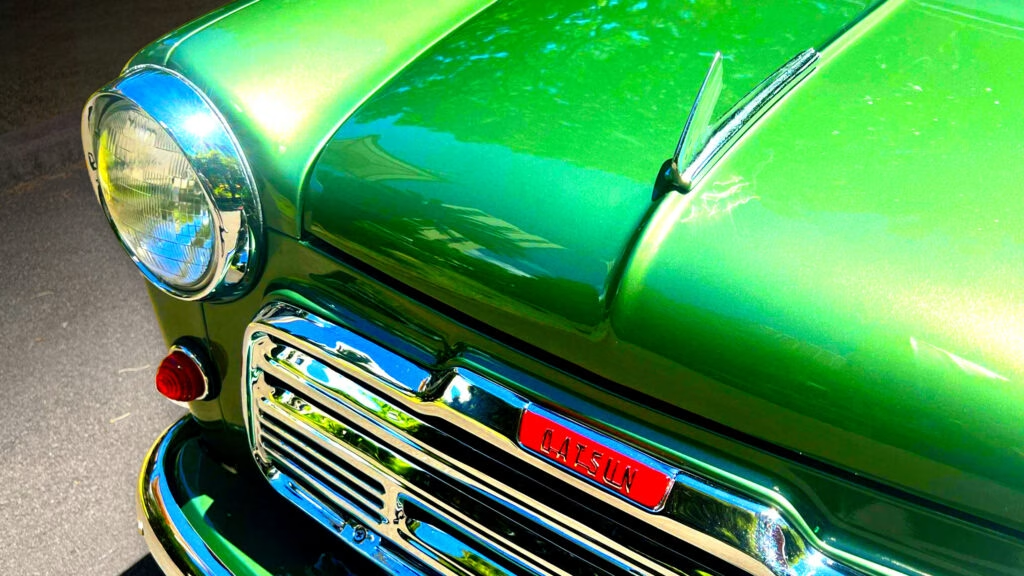Nissan’s Journey in the U.S.: From Datsun to Modern Day
Nissan’s story in the United States is a fascinating journey that begins long before the brand was known by its current name. Back in the 1950s, Nissan cars were marketed under the Datsun brand, with the Datsun 1000 sedan making its debut in 1958. This humble four-door vehicle was a far cry from the sleek and sporty models we associate with Nissan today.
The Datsun 1000: A Look Back
Imagine a car that took a staggering 46 seconds to reach 60 mph. That was the reality for the Datsun 1000, powered by a 37 horsepower engine based on a British design. It was a time when most American cars were starting to embrace power and performance, while the 1000 was more of a practical choice for those looking for basic transportation. With a top speed of just 66 mph, it certainly wasn’t winning any races, and reviews from the time were less than flattering. Road & Track famously noted that the Datsun had a “shortage of all three” essential qualities for success: performance, economy, and fascination.
Despite its lackluster performance, the Datsun 1000 paved the way for Nissan’s future in the U.S. market. It was the first Datsun sold in America, and its introduction marked the beginning of a new era for Japanese automakers in the U.S. The car’s design was practical but not particularly attractive, often described as frumpy compared to the more stylish American cars of the time. The tall, narrow profile and the awkwardly tacked-on trunk made it stand out for all the wrong reasons.
The Evolution of Datsun
While the Datsun 1000 may not have been a hit, it set the stage for Nissan’s evolution. The brand’s relationship with the British Motor Corporation (BMC) was significant, as Nissan had been manufacturing BMC vehicles under license since the early 1950s. This partnership allowed Nissan to gain valuable experience in car manufacturing, which would later contribute to the development of more successful models.
Fast forward to the 1970s, and Nissan began to hit its stride with models like the 240Z and the 510. These cars captured the hearts of enthusiasts and helped establish Nissan as a serious contender in the automotive market. The 240Z, in particular, became an icon, known for its performance and style, while the 510 earned a reputation as a budget-friendly alternative to European sports sedans.
Transitioning to Nissan
In 1981, the transition from Datsun to Nissan was officially completed in the U.S. market. This change reflected a broader strategy to unify the brand globally under the Nissan name. While the Datsun nameplate faded into history, the legacy of those early models, including the 1000, continued to influence Nissan’s design and engineering philosophy.
Today, Nissan is known for a diverse lineup of vehicles, from electric cars like the Leaf to rugged SUVs and family-friendly sedans. The brand has come a long way since the days of the Datsun 1000, but the journey is a reminder of how far innovation and consumer preferences have evolved in the automotive world.
Reflecting on the Past
As we look back at Nissan’s early days, it’s clear that the road to success was not without its bumps. The Datsun 1000 may have struggled to impress, but it played a crucial role in shaping the brand’s identity and paving the way for future successes. It’s a testament to how even the most unassuming beginnings can lead to remarkable transformations.
The big takeaway? Nissan’s evolution isn’t just about flashy cars and high speeds—it’s about learning from the past and adapting to the future. Whether you’re a car enthusiast or just curious about automotive history, there’s something to appreciate in every model that has come and gone. So, the next time you see a Nissan on the road, remember the humble beginnings that helped shape its journey.

